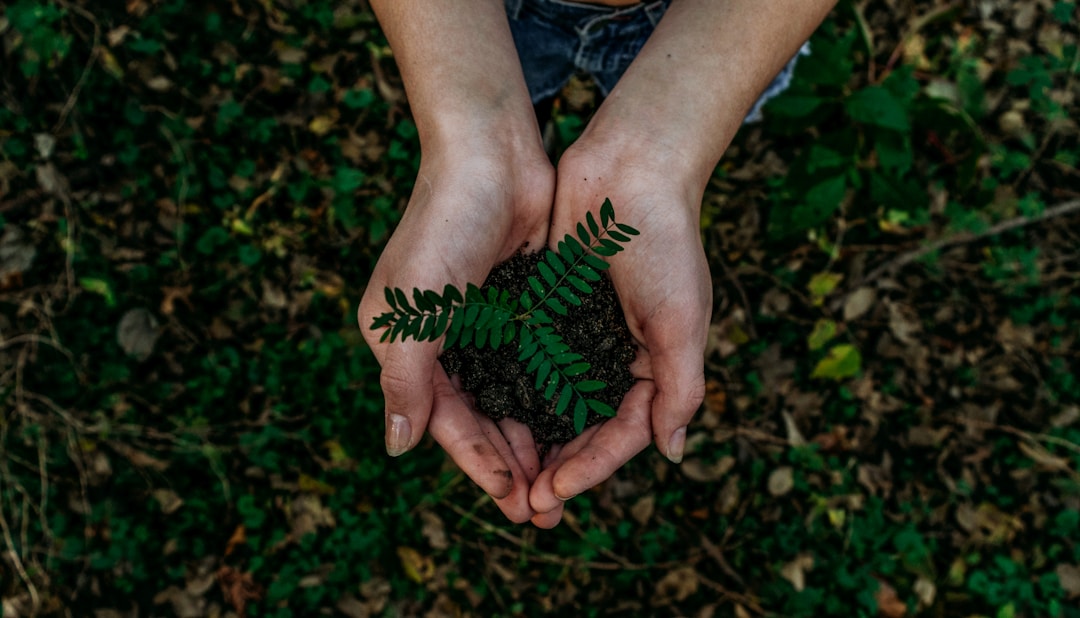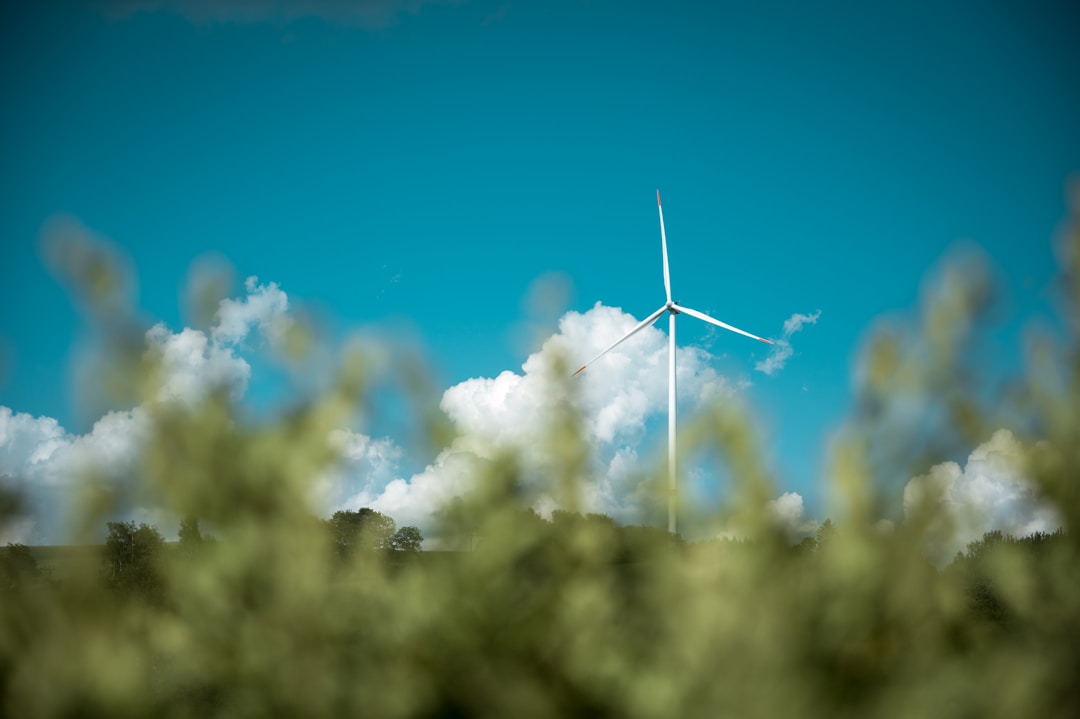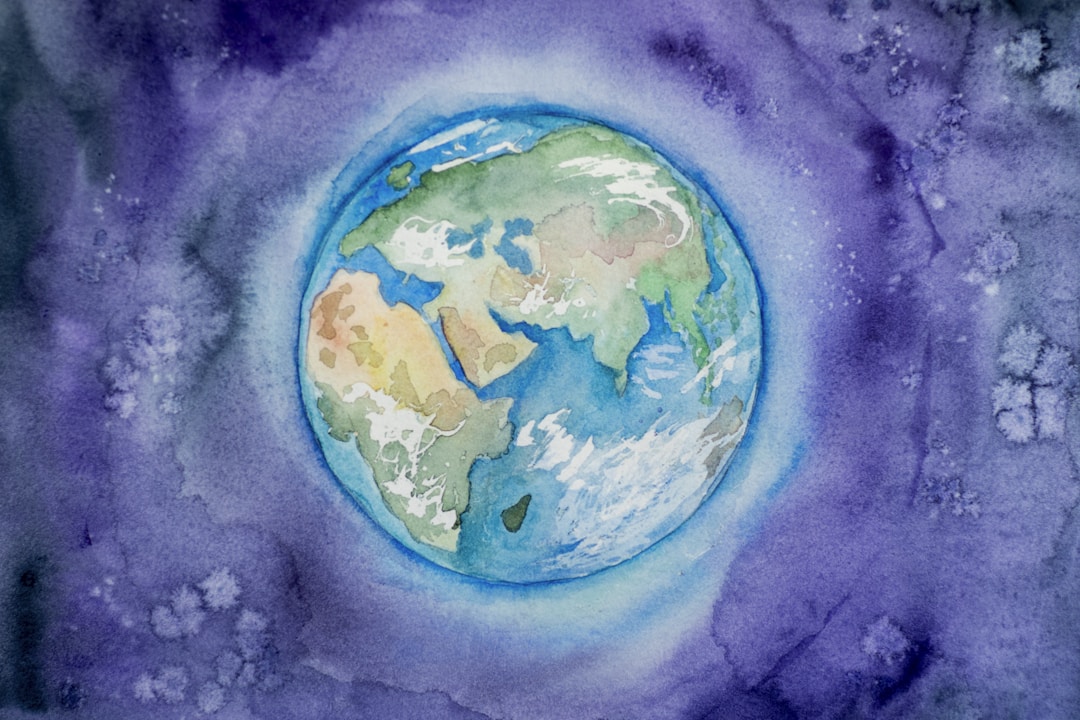Eco-friendly packaging is gaining momentum in the business world, with more and more companies choosing to adopt sustainable practices. This shift in approach can be attributed to a growing awareness of the environmental impact of traditional packaging materials, such as plastic, and excessive use of resources. Businesses are acknowledging the need to make more responsible choices, not only to reduce their carbon footprint but also to cater to the rising consumer demand for eco-friendly products. Below, we delve into the importance and benefits of eco-friendly packaging, practical choices, and how adopting it can help businesses raise their environmentally conscious profile.
Types of Eco-Friendly Packaging

Bioplastics have become increasingly popular as a sustainable alternative to traditional plastic packaging. One particular type of bioplastic, made from sugarcane, has gained attention in recent years. These bioplastics are derived from renewable sources, as sugarcane is a rapidly renewable crop. This means that the production of sugarcane-based bioplastics has a lower carbon footprint compared to conventional plastics made from fossil fuels. For instance, the screw top plastic containers from Earthwise Packaging are made from BioMax, which is a bioplastic derived from sugarcane.
One of the key benefits of using bioplastics made from sugarcane is that they are biodegradable and compostable. Unlike traditional plastics that take hundreds, if not thousands, of years to break down, these bioplastics can decompose in a matter of months, releasing fewer harmful microplastics into the environment. Beyond that, they can be composted alongside organic waste, creating a closed-loop system where waste is turned into nutrient-rich compost that can be used to feed plants and crops.
Bioplastics, like those from Earthwise Packaging, also have the advantage of being recyclable. They can be easily sorted and processed in existing recycling facilities, allowing them to be reused and repurposed. This helps reduce the amount of plastic waste that ends up in landfills or oceans, contributing to a cleaner and healthier planet.
The Significance and Benefits of Eco-Friendly Packaging
Companies across the world are increasingly investing in eco-friendly packaging alternatives, recognizing their role in creating a sustainable future. Eco-friendly packaging contributes numerous direct and indirect benefits including reducing carbon footprints, saving natural resources, lessening the burden on landfills, and promoting a circular economy. In terms of business benefits, going green can enhance brand reputation, differentiate products, motivate consumers, and even contribute to saving costs in the long term.
Consumers are also showing a strong preference for brands that prioritize sustainability, making it an excellent opportunity for businesses to pledge their commitment to the environment. Companies that embrace eco-friendly packaging can satisfy customer expectations, improve customer loyalty and stand out in the market.
Eco-friendly packaging is not only about reducing waste; it’s also about using sustainable materials and processes in manufacturing. For example, using renewable resources, recycling materials, employing less harmful production practices and adopting energy-efficient processes. These elements collectively contribute to the benefits of eco-friendly packaging and underline its importance in our journey towards a greener future.
Best Practices for Eco-Friendly Packaging

Adopting eco-friendly packaging involves more than simply switching materials. Businesses need to think holistically, considering the entire lifecycle of their packaging and how it impacts the environment. Packaging should be designed with the end-life in mind – can it be easily recycled, reused, or composted? Or will it end up in a landfill? Fostering partnerships with eco-friendly suppliers can further streamline the switch towards sustainable practices.
Businesses supporting each other in their sustainability efforts can create a domino effect, encouraging others to make the shift. Additionally, it’s essential to educate consumers about the proper disposal of eco-friendly packaging, ensuring that the efforts do not go to waste. Businesses should also regularly evaluate the effectiveness of their eco-friendly packaging. Collecting data and getting feedback from customers can identify potential improvements and help businesses continuously optimize their packaging. After all, becoming environmentally friendly is a journey, not a destination.
Case Studies of Brands Excelling in Eco-Friendly Packaging
Several big-name brands have made strides in adopting eco-friendly packaging. These companies serve as inspiring examples for others contemplating the switch to green packaging. For instance, Unilever has committed to making all its plastic packaging reusable, recyclable, or compostable within the next decade. They aim to reduce their use of virgin plastic by half while collecting and processing more plastic than they sell.
Similarly, Coca-Cola has pledged to make its packaging 100 percent recyclable. They have also set a target to create bottles with 50 percent recycled content by 2030. Revisions in their design process have already resulted in decreases in plastic and glass bottle weights. In the beauty industry, Lush Cosmetics has made considerable strides in reducing packaging waste. They offer numerous ‘naked’ products, which come without any packaging. For products that need packaging, they use 100 percent post-consumer recycled plastic.
Eco-Friendly Packaging Regulations and Standards

Eco-friendly packaging is being reinforced by legal regulations and standards, further underlining its importance. For instance, the European Union has passed the Single-Use Plastics Directive, which seeks to reduce the impact of specific plastic products on the environment. The directive focuses on the ten single-use plastic items most commonly found on Europe’s beaches and seas. Closer to home, California has its Rigid Plastic Packaging Container (RPPC) laws requiring manufacturers to source reduce, recycle, or use recycled content in their RPPC.
Several other states have similar laws aimed at encouraging businesses to adopt eco-friendly packaging solutions. Non-governmental certifications like the Cradle to Cradle Certified Product Standard also exist. This comprehensive measure of safer, more sustainable products made for a circular economy, covers material health, material reuse, renewable energy, water stewardship, and social fairness.
Challenges and Solutions in Adopting Eco-Friendly Packaging
Despite the many benefits of eco-friendly packaging, the shift towards sustainable practices is not without challenges. For one, the initial costs of eco-friendly material can be higher than traditional counterparts. Also, sourcing sustainable materials and finding reliable suppliers can take time and resources. However, the investment can often pay off in the form of increased customer loyalty, improved brand image, and potential cost savings.
A well-planned transition strategy can overcome these obstacles. Technological advancements continue to bring down the cost and improve the accessibility of green packaging options too. Moreover, businesses don’t have to make the switch to eco-friendly packaging all at once. They can start small, like replacing one type of packaging material at a time, gradually making the transition to a fully sustainable packaging system.
The Future of Eco-Friendly Packaging

In an increasingly eco-conscious world, the trend toward sustainable packaging is here to stay. Innovations continue to revolutionize the sector, giving us materials like mushroom-based packaging, seaweed packaging, and more. Besides, technological advancements are making it more cost-effective and accessible than ever before. As businesses and consumers alike realize the importance of sustainability, the demand for eco-friendly packaging will continue to grow.
Through careful planning, commitment, and initiative, businesses can join this green movement, contributing towards a sustainable future. With policies and regulations augmenting the movement, businesses are set to play a crucial part in championing eco-friendly practices. The switch to eco-friendly packaging is not just an investment in the future of a brand, it is an investment in the future of our planet.
As you can see, it’s evident that eco-friendly packaging is an integral component of sustainable development. It offers immense potential in terms of environmental, economic, and social benefits, making it a viable path for businesses to journey on in our collective pursuit of a greener future. If you follow the advice in this article, then you have everything you need for your business or organization to transition to more sustainable packaging alternatives.


